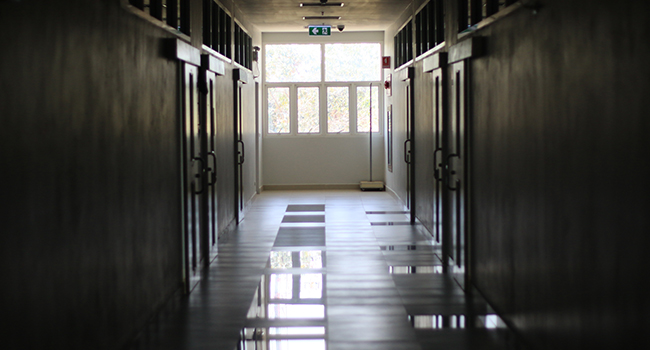
CMS Reviews School Security Following Butler High Shooting
Charlotte-Mecklenburg Schools in North Carolina are reviewing their campus security measures throughout the district in light of a shooting at Butler High School in which one student was fatally shot by allegedly another student in a crowded hallway.
- By Jessica Davis
- November 01, 2018
Charlotte-Mecklenburg Schools in North Carolina are reviewing their campus security measures throughout the district in light of a shooting at Butler High School in which one student was fatally shot by allegedly another student in a crowded hallway.
Many of the district’s schools have received upgrades to security thanks to $1.75 million in county funding and additional funds from county commissioners that school officials. Earlier this month, CMS Superintendent outlined plans for half of the $9 million county commissioners have approved for the district to use on security.
During the first phase of this year’s security upgrades, Wilcox said the funds were used for security improvements such as enhanced video surveillance equipment, new and upgraded cameras installed at 13 schools, upgrades of analog camera systems to digital, upgrades of classroom door locks at eight campuses and the addition of perimeter fencing at three campuses.
CMS officials are also hiring a total of 60 counselors, social workers and psychologists this year to help students with behavioral problems. School officials are also encouraging students to report potential threats and instances of bullying, which officials said may have led to the shooting on Monday.
Future security plans may involve panic alert cards for teachers that allow them to notify police and administrators of threats on campus.
Not included in the implemented or planned upgrades are metal detectors or devices for scanning students for weapon detection. Wilcox said that many of the district’s campuses—including Butler High School—have too many students for each student to undergo the weapon detection checks. Wilcox added that many of CMS’s campuses are open, with separate buildings that would render wands and detectors less effective.
Wilcox said that in light of Monday’s tragedy, the district will review all security plans and look for more aggressive ways to secure campuses for student and faculty safety.
About the Author
Jessica Davis is the Associate Content Editor for 1105 Media.